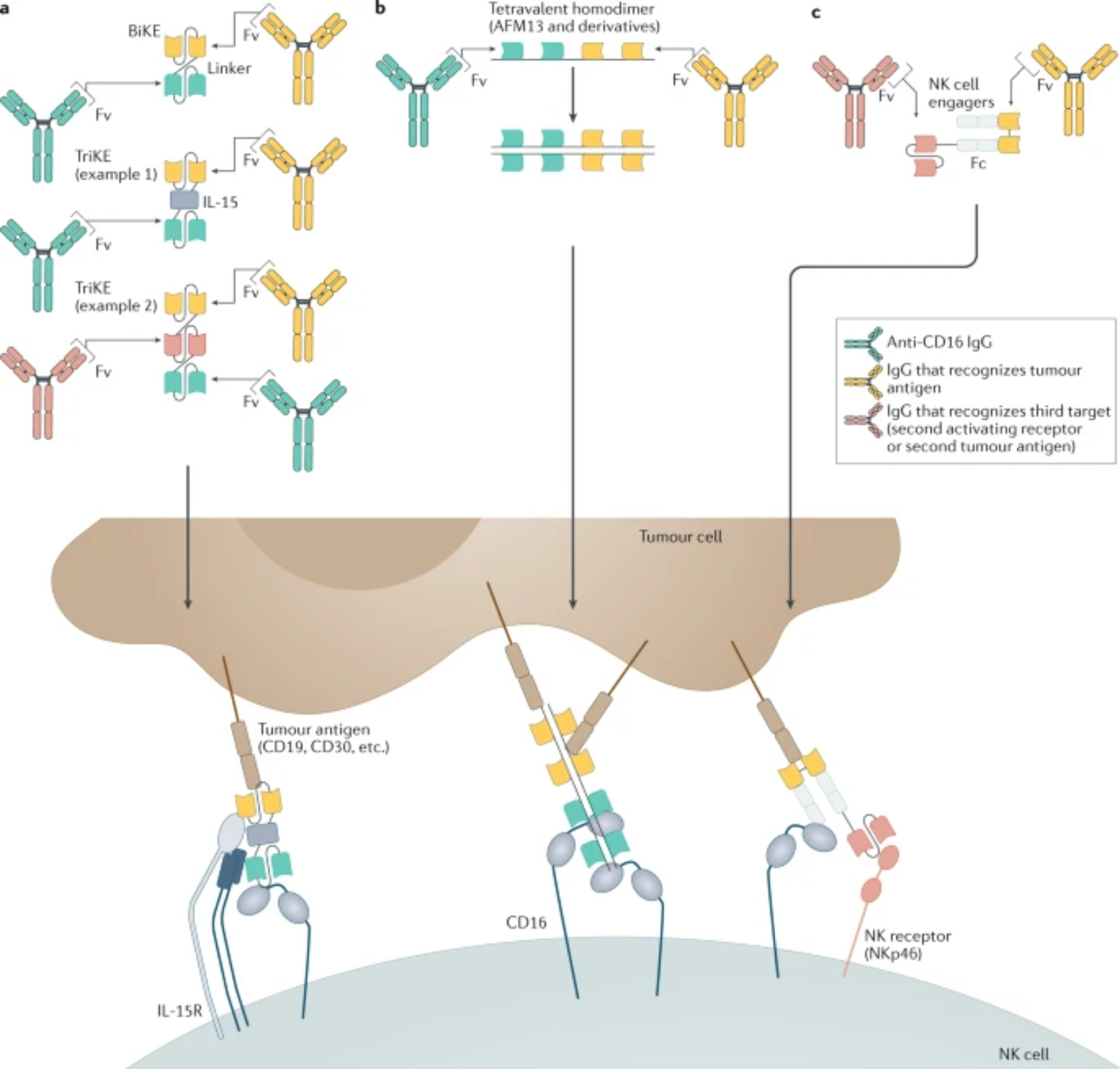Figure 3. Different strategies for producing bi- or tri-specific antibody constructs.

Many modern antibody constructs do not retain Fc domains and instead engage with CD16 through Fv domains. a. BiKEs and TriKEs are made from various combinations of two or three (respective) Fv fragments from mAbs or ligand molecules linked in a single polypeptide chain, which target some combination of tumor antigen, CD16 and another NK activating receptor. A common TriKE design includes an IL-15 moiety for better stimulation of NK cell activation, survival, and proliferation. b. Other constructs contain multiple Fv domains that form homodimers or homomultimers. Of this category AFM13, a bispecific construct consisting of two anti-CD30 and two anti-CD16 Fv domains, has shown promising results in clinical trials. c. A new innovative type of construct, the NK cell engager, is a complex consisting of different polypeptides that include both Fv and Fc domains. The Fc region of the construct can be modified for efficient CD16 engagement and optimally spaced Fv that optimally engages a NK cell activating receptor (e.g. NKp46) for further potentiation of NK cell stimulation, as well as one tumour antigen.
